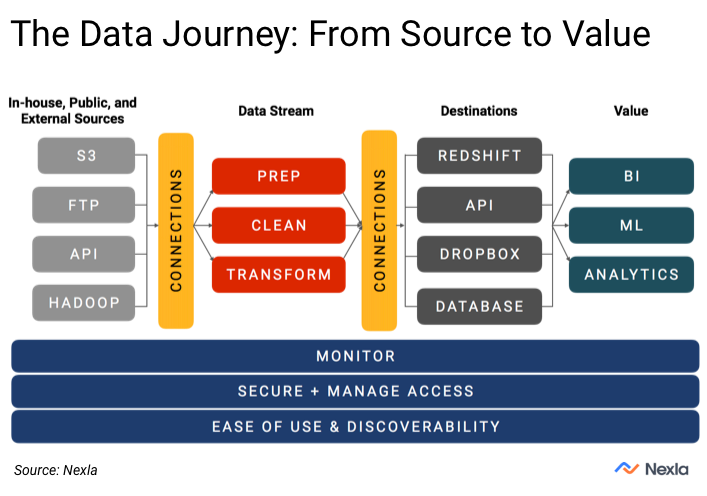Database Design Patterns for Modern Applications
Explore essential database design patterns and when to use them in your next project for optimal performance and scalability.

The Foundation of Great Applications
Choosing the right database design pattern is crucial for application performance. This guide explores various patterns and their use cases in modern application development.
Fundamental Design Patterns
1. Repository Pattern
Encapsulates data access logic and provides a more object-oriented view of the persistence layer.
2. Unit of Work Pattern
Maintains a list of objects affected by a business transaction and coordinates writing out changes.
3. Data Mapper Pattern
Separates the in-memory objects from the database, allowing both to vary independently.
Scalability Patterns
Database Sharding
Horizontal partitioning of data across multiple database instances to handle large datasets.
Read Replicas
Distribute read operations across multiple database copies to improve performance.
CQRS (Command Query Responsibility Segregation)
Separate read and write operations to optimize each for their specific use cases.
NoSQL Patterns
Document Store Pattern
Store related data together in documents for efficient retrieval and updates.
Event Sourcing
Store all changes to application state as a sequence of events.
Materialized Views
Pre-compute and store query results for faster read operations.
Performance Optimization Patterns
Connection Pooling
Reuse database connections to reduce overhead and improve performance.
Lazy Loading
Load data only when it's actually needed to reduce initial query overhead.
Caching Strategies
Implement various caching layers to reduce database load and improve response times.
Choosing the Right Pattern
Consider factors like data consistency requirements, scalability needs, query patterns, and team expertise when selecting database design patterns.
Best Practices
- Start simple and evolve as needed
- Monitor performance metrics
- Plan for data growth
- Consider consistency requirements
- Document your design decisions
Conclusion
Effective database design patterns are essential for building scalable, maintainable applications. Choose patterns that align with your specific requirements and be prepared to evolve your design as your application grows.